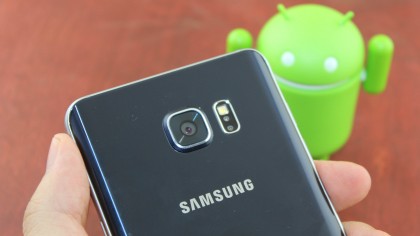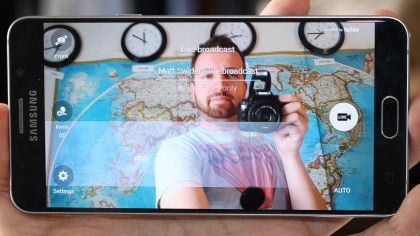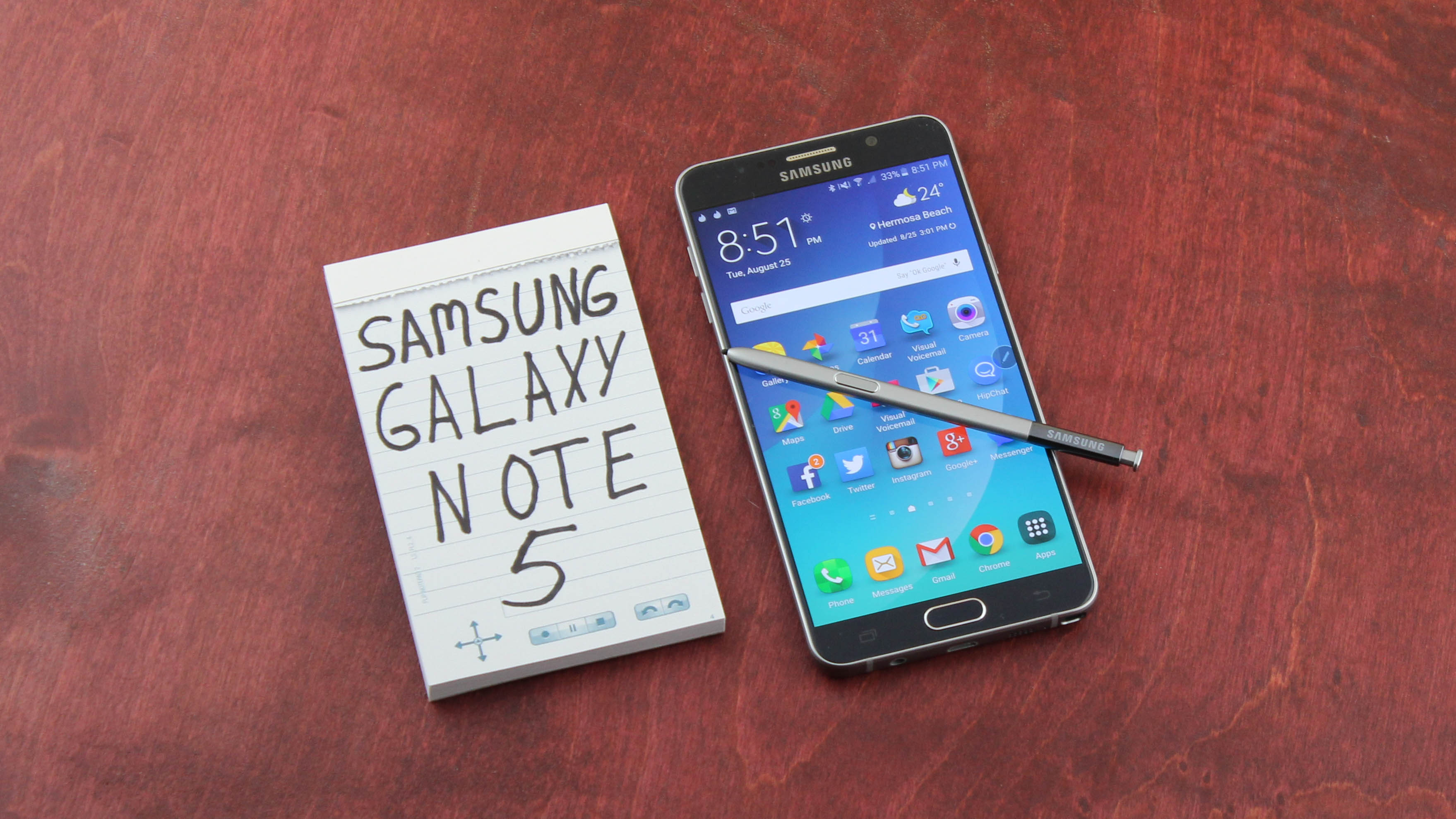Why you can trust TechRadar
Megapixels don't always mean everything when it comes to the best camera phones, so some 13MP, 16MP, 20MP snappers can't compare to the 8MP iPhone 6 Plus or 12MP iPhone 6S Plus camera.

That's not the case with the Samsung Galaxy Note 5 camera, because it's 16MP and actually lives up to that last-gen Apple-doubling number. With the same Sony Exmor RS IMX240 sensor that's in the Galaxy S6, S6 Edge, S6 Edge+ and S6 Active, it gives shooters a wide f/1.9 aperture.
All of that translates into the Note 5 camera snapping brighter photos with more on-point color accuracy compared to last year's Galaxy Note 4. There's nothing more satisfying than seeing a photo come out the first time you hit the virtual shutter button.


Even though I saw roughly the same amount of fine detail between the two Notes, I found that the iPhone 6 and 6S Plus cameras to literally pale in comparison. The differences between Samsung's 5,312 x 2,988 photos and Apple's 3,264 x 2,448 and newer 3,024 x 4,032 pictures are more apparent than ever. The Note 5 provided punchier colors, without becoming oversaturated – something Samsung has been known for in years past. It also handled low-light better than the iPhone. Apple's really didn't step up with the iPhone 6S.
Capturing that fleeting Kodak moment on the Note 5 is also aided by the fact that I only needed to double tap the home button to open the camera app. It takes 0.7 seconds with this method, a worthy replacement of the S-Voice shortcut that no one ever used.

The front-facing 5MP camera is a different story. It provides those same wider selfie photos with a f/1.9 aperture and more vibrant colors, but doesn't do nearly as well in low-light conditions. The iPhone produces more realistic skin tones, while Samsung applies a "beauty mode" slider that makes people look waxy. It can be turned off, but the results aren't much better.
The Note 5's rear camera shoots 4K video at 30 frames per second and 1080p video at 60 frames per second, though the limited storage space is a key concern if you're capturing 2160p video files. The good news is that footage in either resolution looks great. I only had a problem with the abrupt jerking of the camera lens when zooming in and out.

The Galaxy Note 5 inherits the S6 camera with a few new additions. This gives us a cleaner, easier-to-use interface with modes of Auto, Pro (manual), Selective Focus, Panorama, Video Collage, Slow Motion, Fast Motion and Virtual Shot returning to the rear camera. It's all about making selfies easier with the front camera, with modes of Selfie, Wide Selfie and Interval Shot. Video Collage and Virtual Shot also work with this 5MP camera.
The newest mode to Samsung's camera is Live Broadcast. It streams video, captured from the front or rear camera, to YouTube in an invite-only or public environment, your choice. Although the similar YouTube Live app is starting to make its way to more devices, having it integrated right into the default camera app does make it easy to sign in and start recording.

Buried in the Note 5 camera settings menu is an option to save RAW files when in Pro mode. This gives camera enthusiasts a chance to capture uncompressed photos and tinker with finer editing details in post. Right now, both Live broadcast and RAW files are exclusive to the Note 5, even though there's no reason I can see that Samsung's other top camera phones can't handle them.

